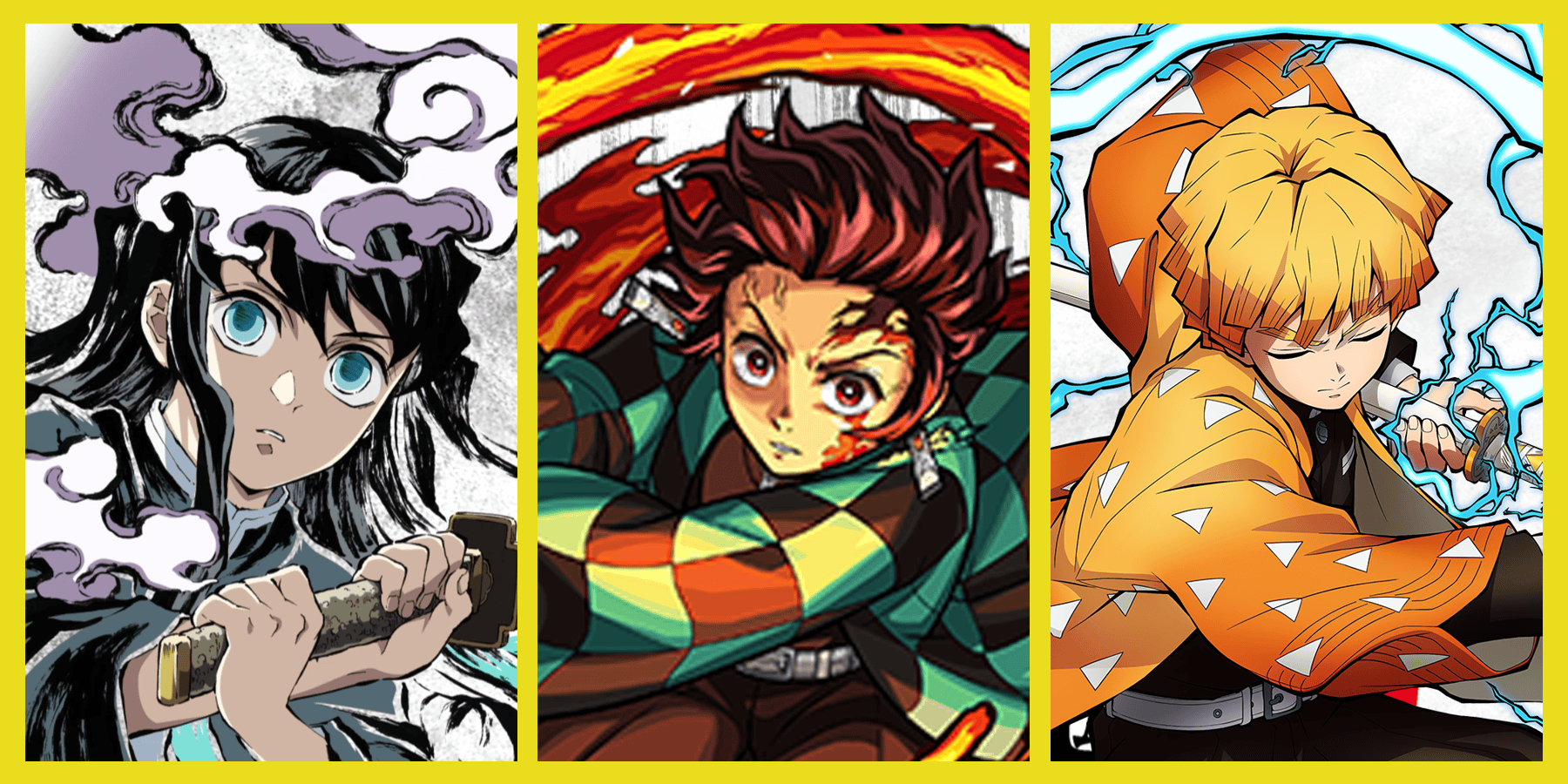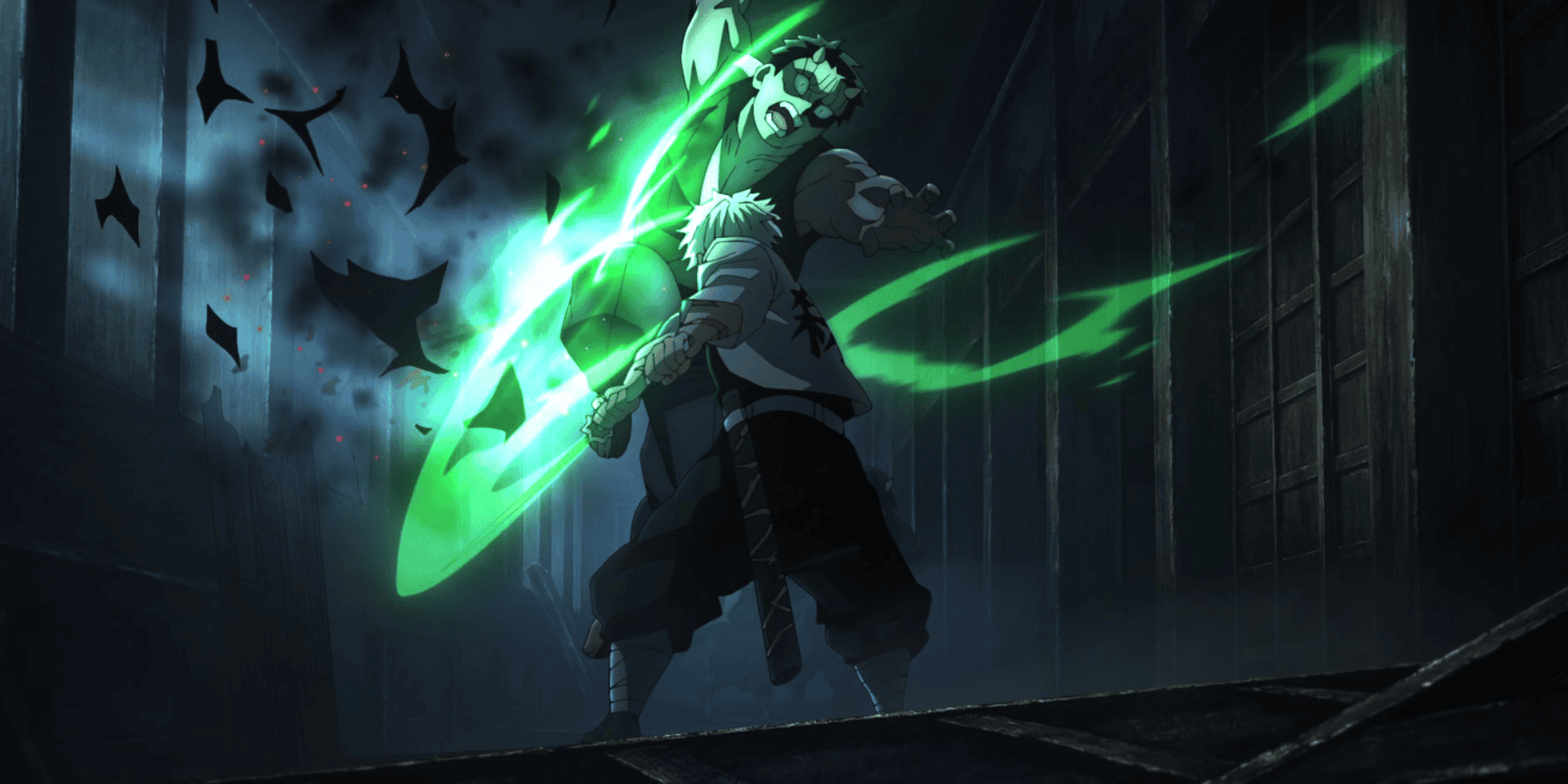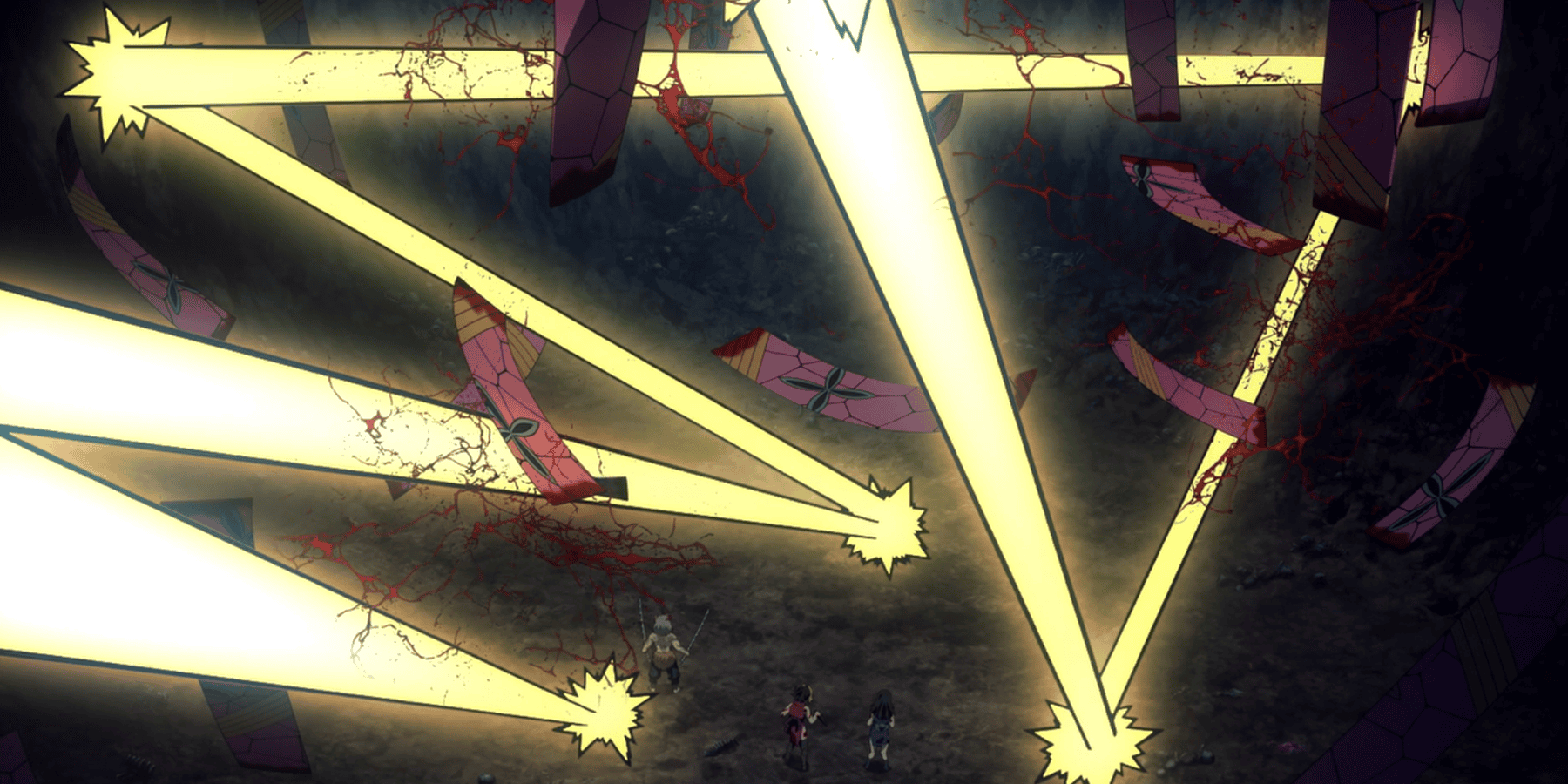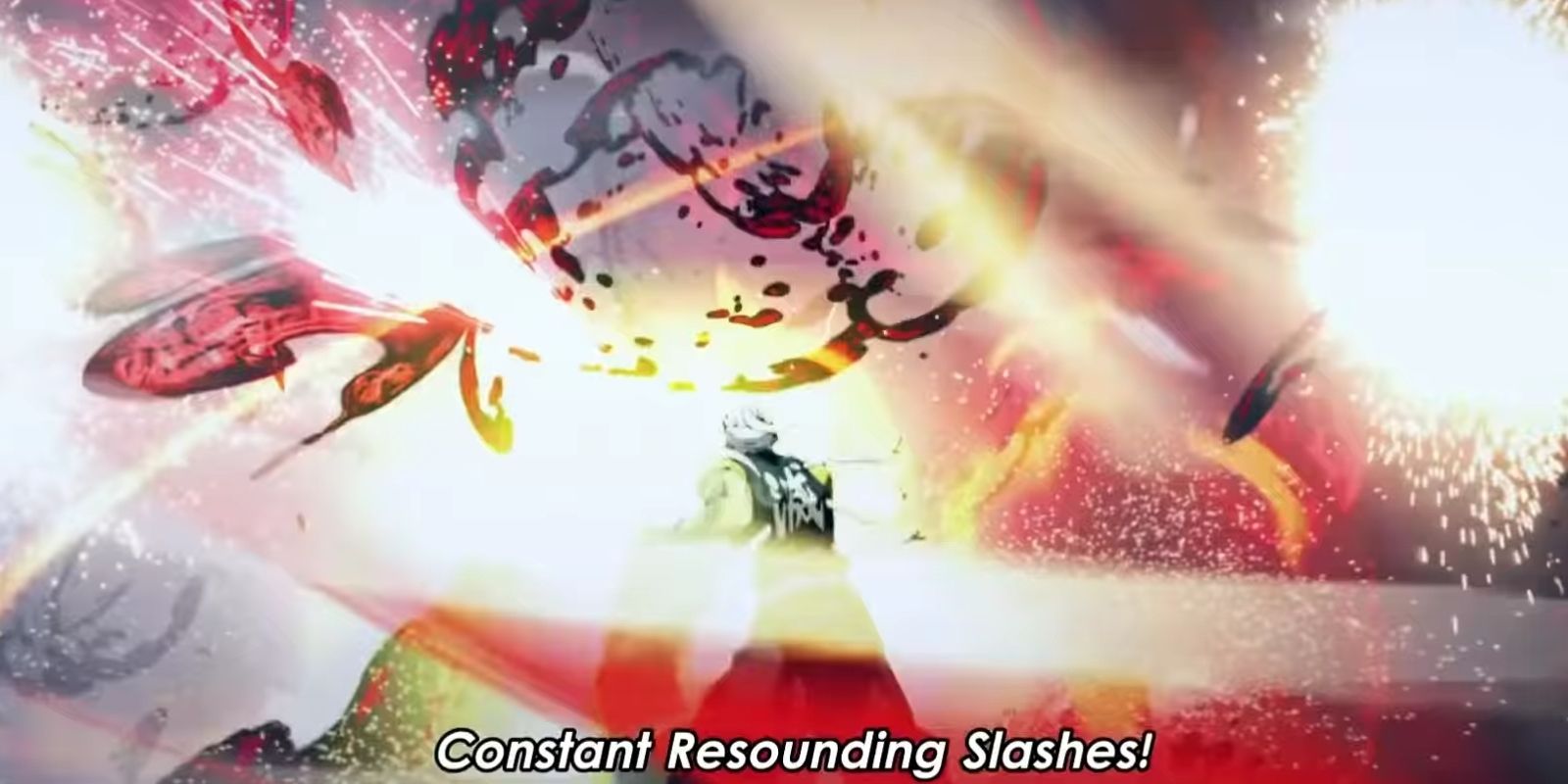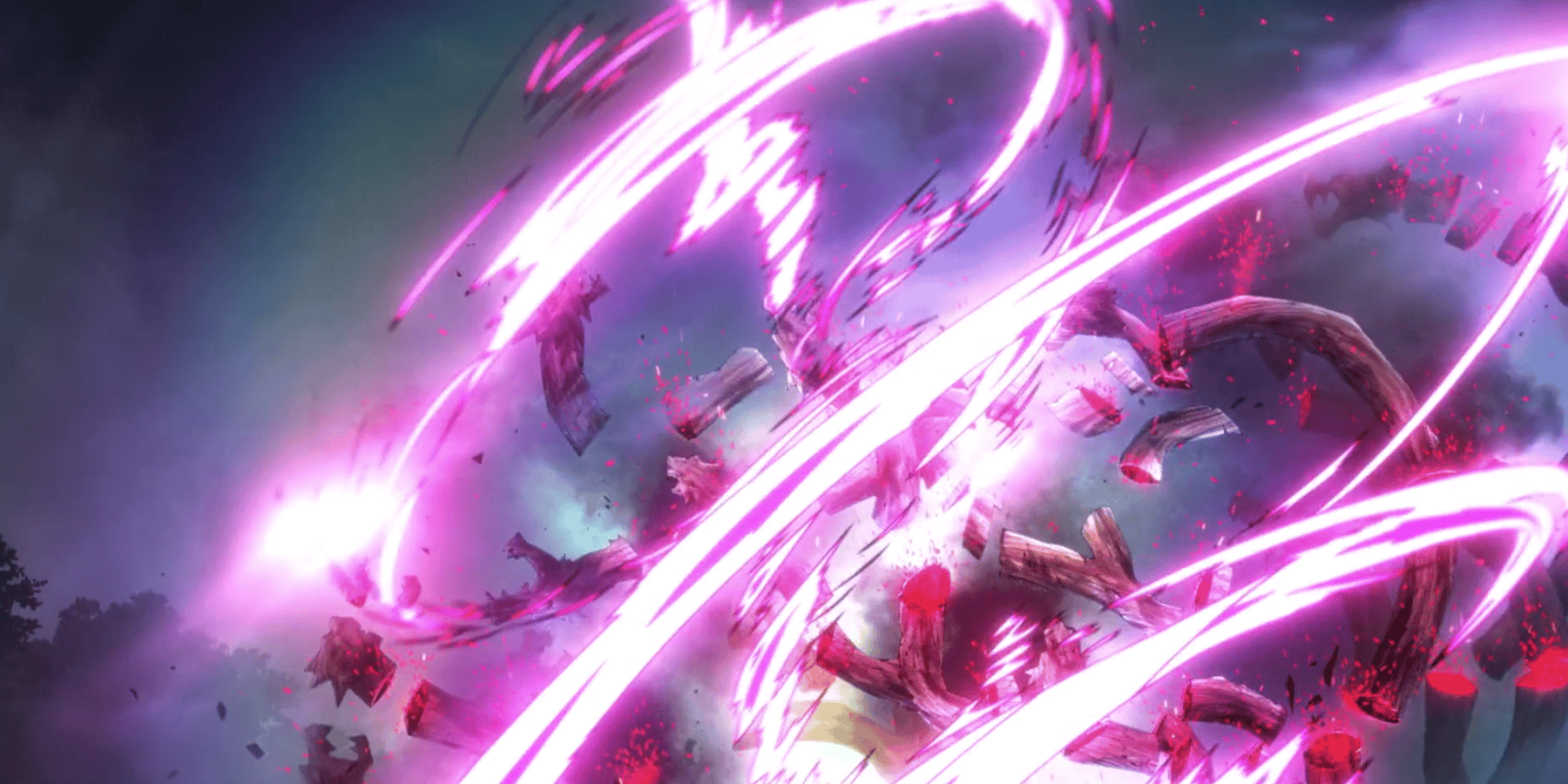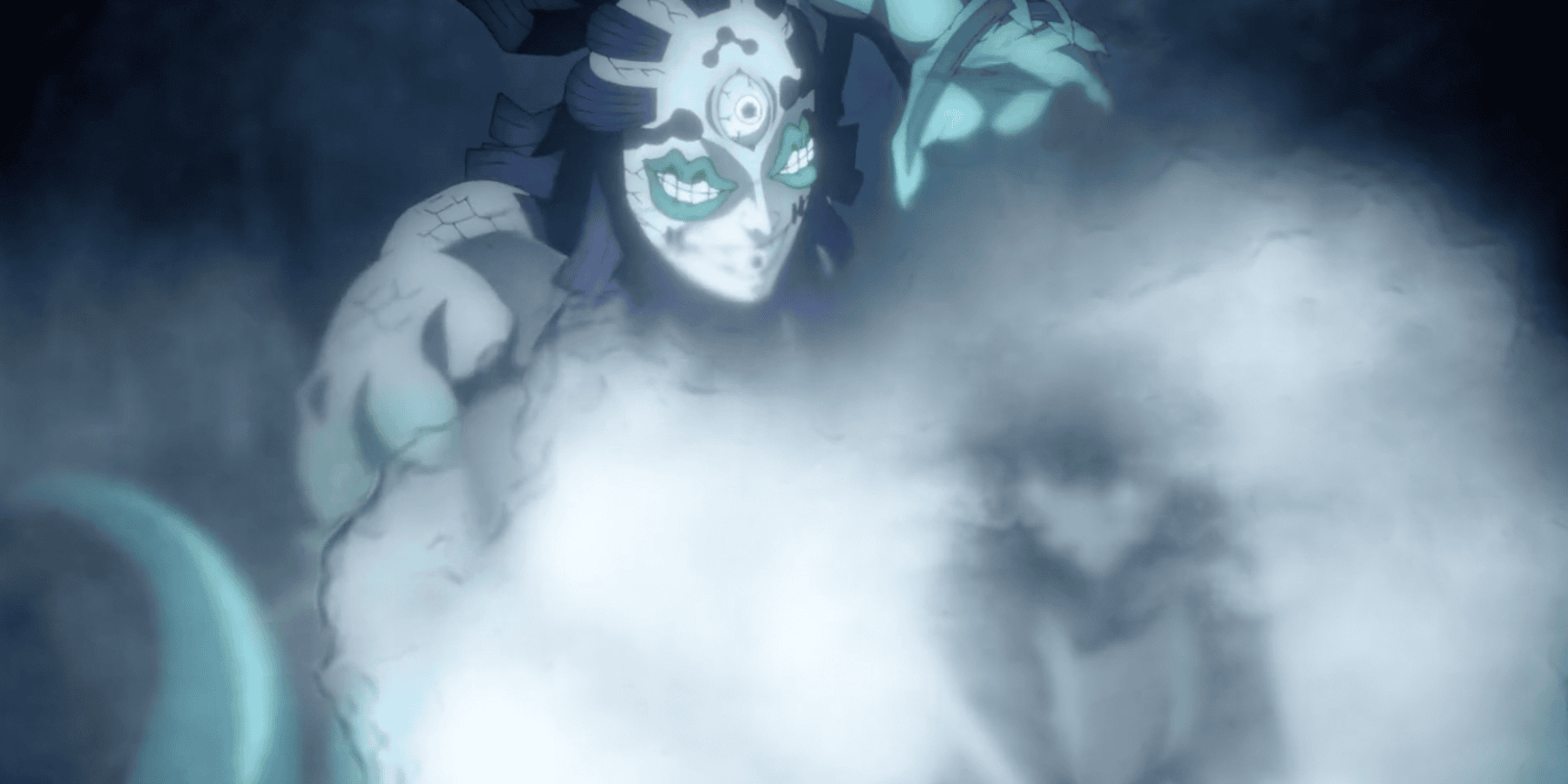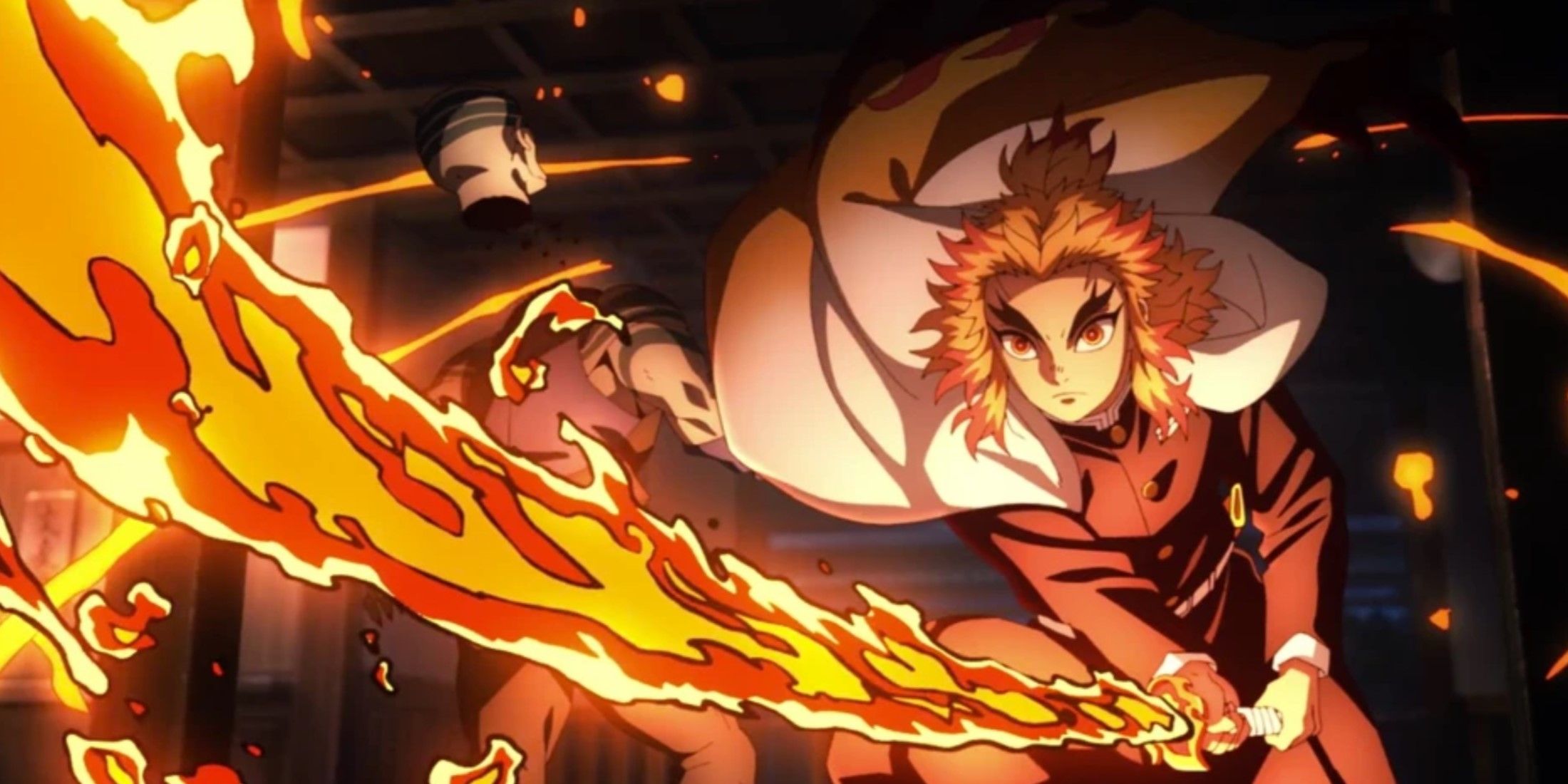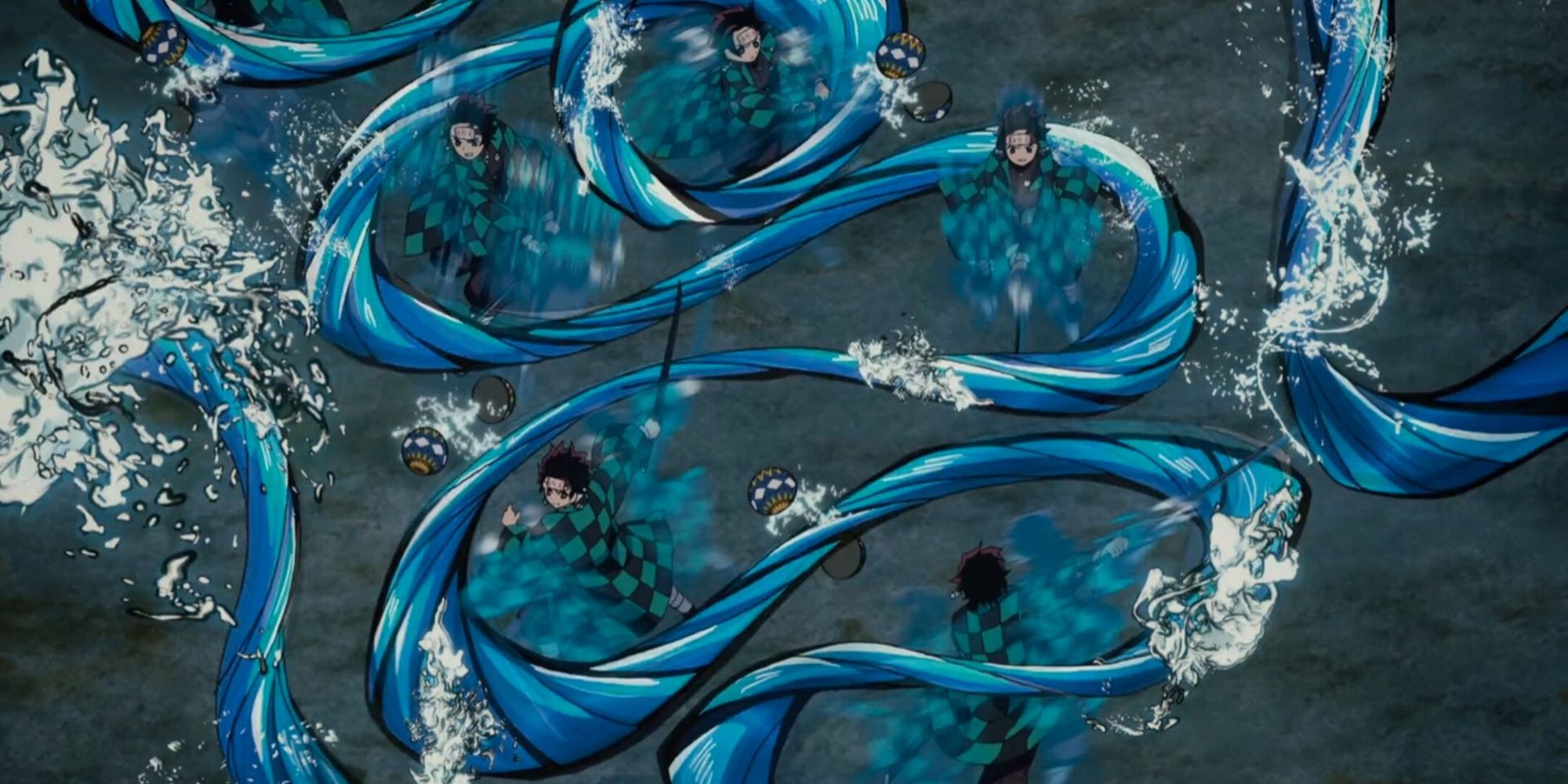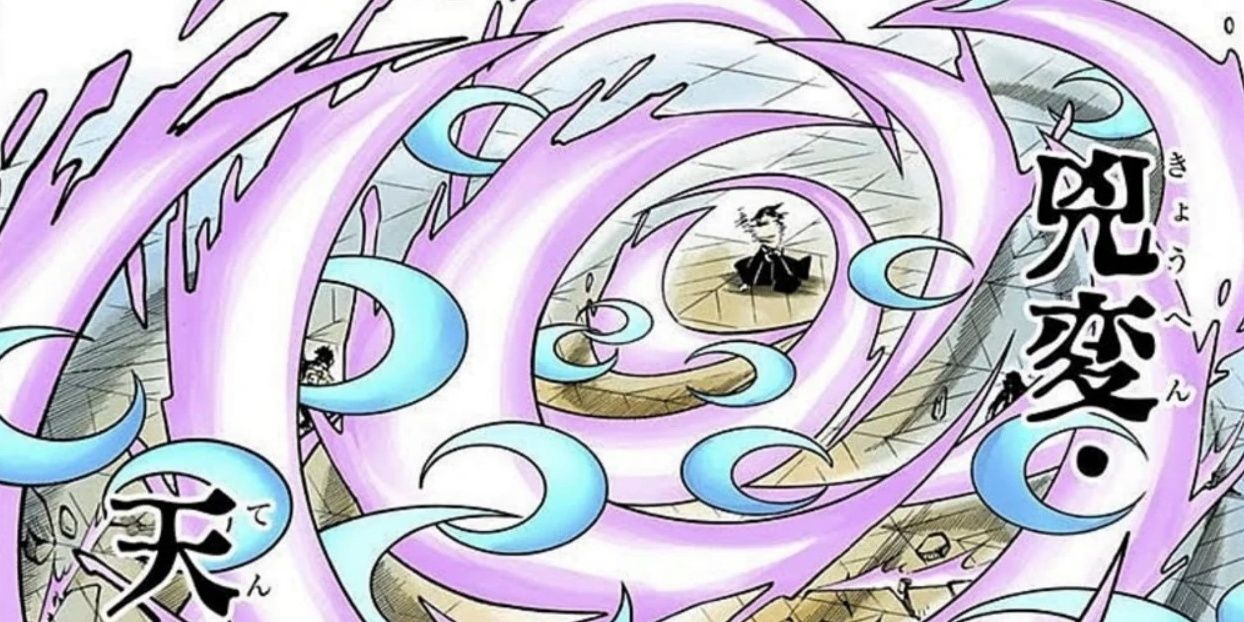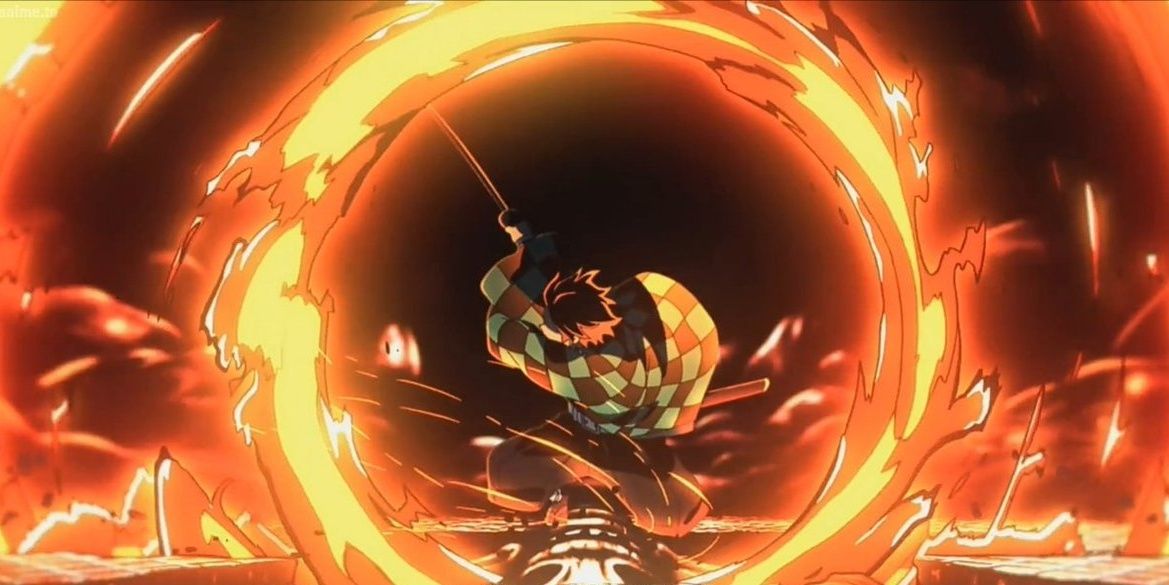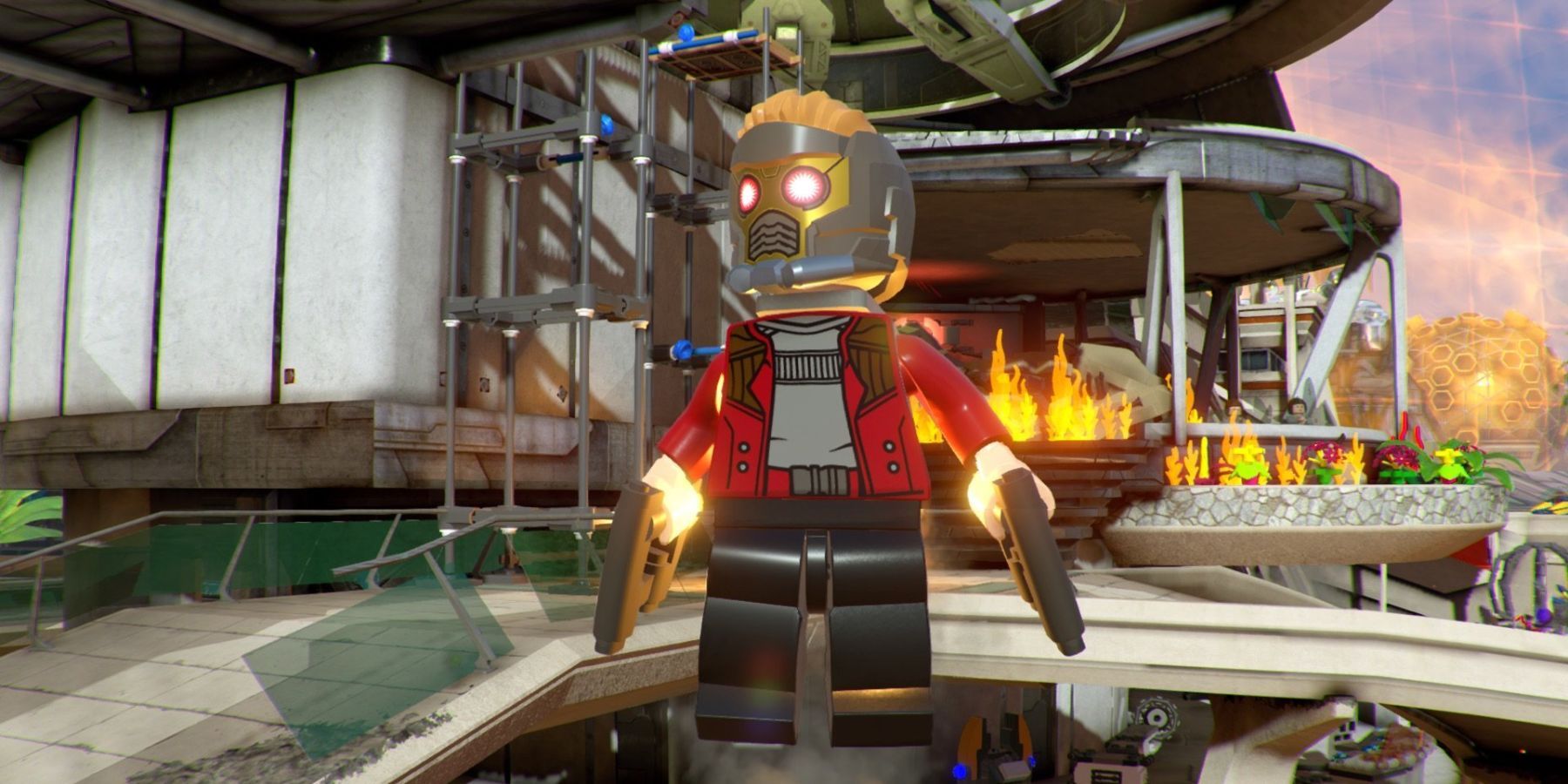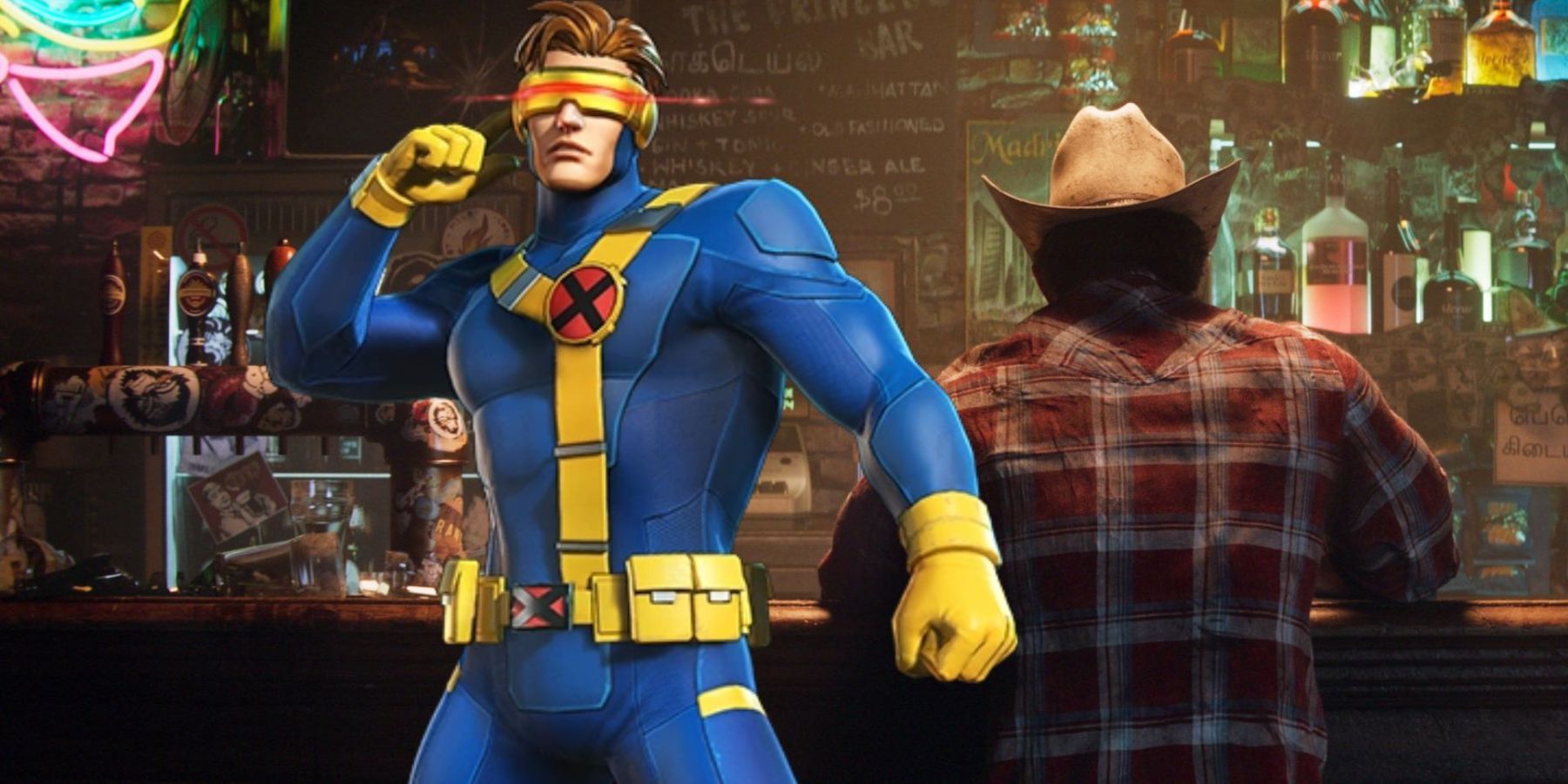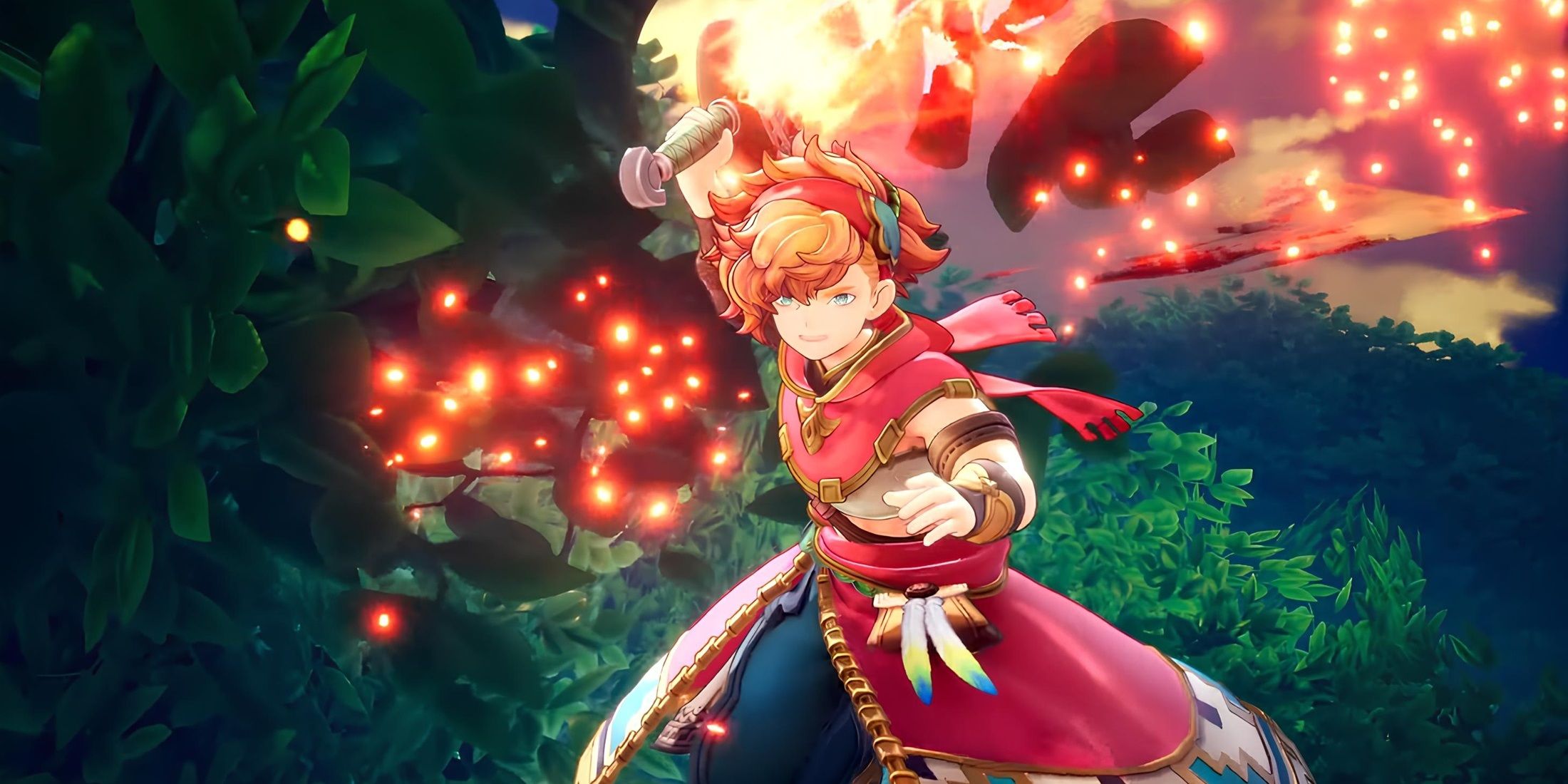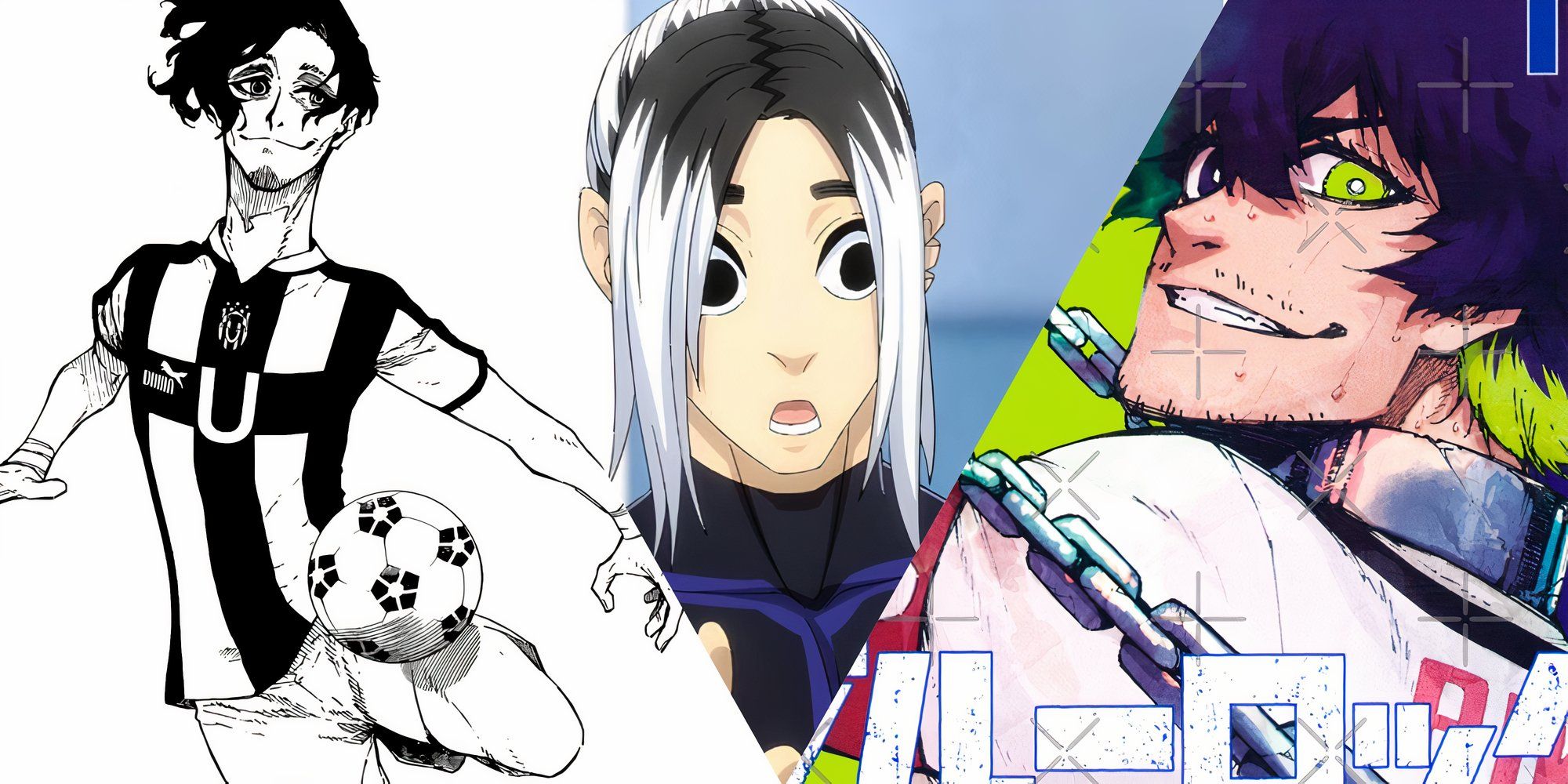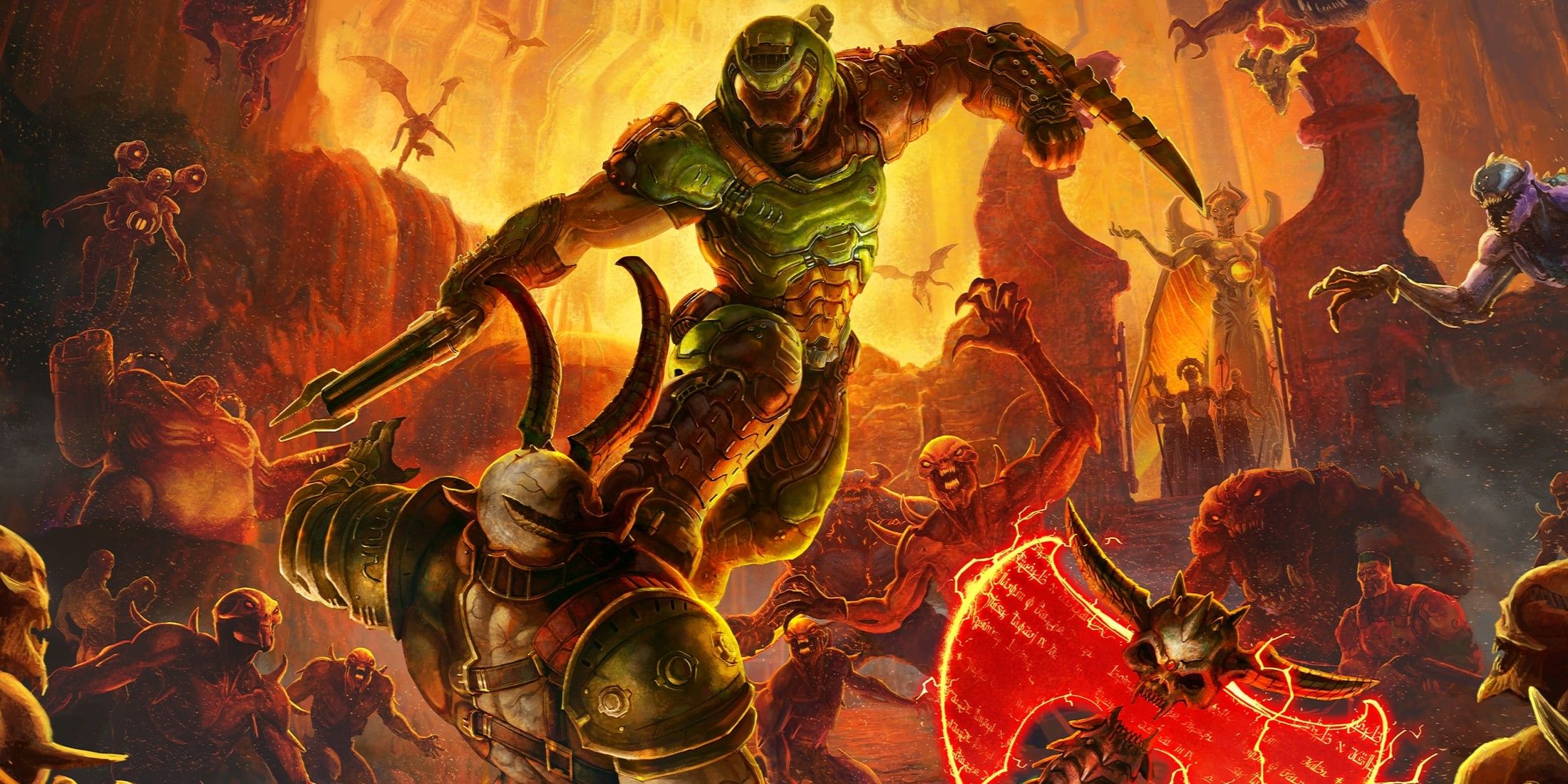Highlights
- Wind Breathing brings a brutal but swift death with a mini green tornado that slices enemies up to a thousand pieces.
- Thunder Breathing moves at super speed, creating an electrifying laser show with bright yellow flashes that hit multiple targets.
- Sound Breathing delivers a vibrant fireworks festival with constant resounding slashes that dazzle in offense and defense.
Demon Slayer has a lot of things going for it. The gripping story that combines action and horror, the intense fighting scenes, the relatable and lovable characters, the funny antics, the heartbreaking moments, so many great things to like. Different people may like different things from the series, but one great aspect of Demon Slayer that everybody loves is the animation, particularly the breathing-style sequences.
Related
Demon Slayer: 7 Characters Who Hate Tanjiro The Most
Despite Tanjiro’s kindness and respect as a top demon slayer, these characters still hate his guts.
Every breathing style is beautifully rendered with a vibrant and striking animation. So let’s use this chance to talk about the visuals. With that in mind, here are nine of the most aesthetically pleasing breathing styles in Demon Slayer, in no particular order. By the way, keep in mind that this list is highly subjective, so please don’t take it as a definitive tier list of the breathing styles’ visuals because it’s not.
9 Wind Breathing
A Violent Torrent of Wind
- First Appearance: Season 4, Episode 1
- Origin: Sun Breathing > Wind Breathing
- Known Forms: 9
The wielder of the Wind Breathing style is the Wind Hashira, Sanemi Shinazugawa. He is the only known user of this breathing style and from what we’ve seen from him thus far, the wind breathing seems to specialize in attacking a huge number of enemies at the same time. A crowd control, so to speak.
Every swing from Sanemi’s blade produces a gust of wind, represented by the color green in the anime. The Second Form: Claws-Purifying Wind, creates a torrent of wind that looks like countless shards of green-tinted glass that rain down on the demons, piercing them all over. The Fourth Form: Rising Dust Storm, generates a mini green tornado that lifts the enemies and cuts them up to a thousand pieces. A brutal but swift death.
8 Thunder Breathing
An Electrifying Laser Show
- First Appearance: Season 1, Episode 12
- Origin: Sun Breathing > Thunder Breathing
- Known Forms: 7
There are several known wielders of the Thunder Breathing style in Demon Slayer, but the most famous one has to be Zenitsu Agatsuma. Thunder Breathing enables its users to move or deliver attacks at super speed. Every breathing-style user can move faster than regular humans, but a full-powered Thunder Breathing-style user can move even faster than a Hashira.
The Thunder Breathing is represented by the color yellow in the anime with a hint of electric blue. When Zenitsu uses the First Form: Thunderclap and Flash, he generates electricity around him and instantly moves at the speed of lighting followed by the booming sound of thunder. When he chains this move to hit different targets at the same time, it looks like an electrifying laser show that lights up its surroundings in bright yellow flashes.
7 Sound Breathing
A Fireworks Festival
- First Appearance: Season 2, Episode 12
- Origin: Sun Breathing > Thunder Breathing > Sound Breathing
- Known Forms: 5
The wielder of the Sound Breathing style is the Sound Hashira, Tengen Uzui. Similar to the Wind Hashira, Tengen Uzui is the only known user of this breathing style. Tengen Uzui is somebody who loves to be flashy and flamboyant. As such, his combat style is flashy and flamboyant as well.
The best example of this perfect synergy between the user and the combat style is Sound Breathing’s Fourth Form: Constant Resounding Slashes. Tengen spins his twin blades at high speed which triggers countless mini-explosions all around him. This move is perfect for both offense and defense. But most importantly, this fourth form creates the illusion of a vibrant fireworks festival that envelops Tengen’s body and everything around him.
6 Love Breathing
A Rhythmic Gymnastics Performance
- First Appearance: Season 3, Episode 5
- Origin: Sun Breathing > Flame Breathing > Love Breathing
- Known Forms: 6
The wielder of the Love Breathing style is the Love Hashira, Mitsuri Kanroji. The Love Breathing style is actually based on the Flame Breathing style. Mitsuri found the original technique unsuitable for her fighting style, so she modified it to suit her needs and preferences. The result is the Love Breathing.
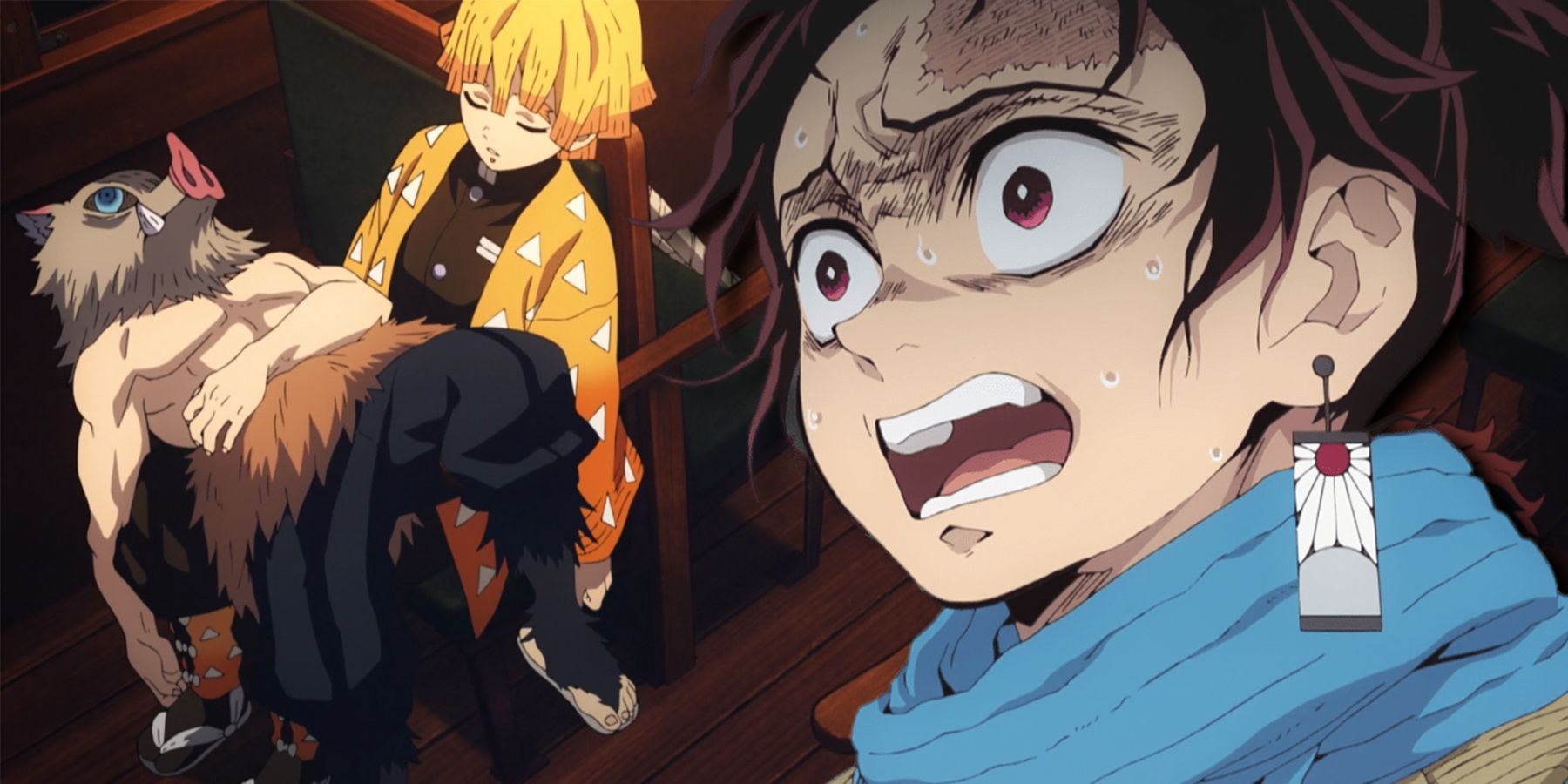
Related
Demon Slayer: 11 Saddest Deaths In The Series, Ranked
As Demon Slayer’s narrative continues, a lot more characters meet a tragic end. But, which deaths hit the hardest by the end of this story?
Mitsuri is by far the most agile and flexible fighter in the Demon Slayer Corps. Thanks to that, her movement during combat is extremely unpredictable. To support her innate ability, she uses an extremely thin and long nichirin sword that looks like a whip at first glance. The best example of Mitsuri’s unique Love Breathing style in action is the Fifth Form: Swaying Love, Wildclaw. The way Mitsuri hops around the enemy while slicing them up from every direction is akin to seeing a rhythmic gymnast who uses her ribbons to dazzle the audience with her graceful performance.
5 Mist Breathing
A Silent Terror Hidden in the Sea of Clouds
- First Appearance: Season 3, Episode 3
- Origin: Sun Breathing > Wind Breathing > Mist Breathing
- Known Forms: 6
The wielder of the Mist Breathing is the Mist Hashira, Muichiro Tokito. And just like the name of his technique, every movement of Muichiro’s blade will produce a layer of mist that will quickly spread and cover the surrounding area. Muichiro usually uses this wall of mist to hide his position and go for a silent kill. But that is not the only thing that Muichiro can do.
One of his most breathtaking moves is the Fifth Form: Sea of Clouds and Haze. In this form, Muichiro does not hide behind the smokescreen but rather charges forward at a blistering pace, decimating everything on his path. Since every move he makes creates a thick layer of mist, the fifth form makes it seem as if Muichiro leaps through a sea of clouds to deliver the finishing blow to his opponent, just like a grim reaper descending from heaven to deliver a judgment to the sinners.
4 Flame Breathing
A Refined and Fierce Firestorm
- First Appearance: Season 2, Episode 1
- Origin: Sun Breathing > Flame Breathing
- Known Forms: 9
The Flame Breathing is a direct reinterpretation of the original Breathing Style, the Sun Breathing. In a way, it is a less ferocious version of the Sun Breathing, but it is also a much more refined technique. The most popular wielder of the Flame Breathing style is the Flame Hashira, Kyojuro Rengoku. Interestingly enough, those who have mastered the Flame Breathing style have always become Flame Hashira since the dawn of the Demon Slayer Corps.
With Flame Breathing, every time Kyojuro slices apart a demon’s body, the crimson flame generated by his sword will instantly burn their flesh, preventing them from regenerating. Furthermore, this crimson flaming effect creates numerous mesmerizing visuals. From the intricate flaming wheel of the Second Form: Rising Scorching Sun to the Ninth Form: Rengoku that looks like a blazing crimson dragon that fearlessly charges toward its enemy while scorching everything on its path, the Flame Breathing style is just so exhilarating to see.
3 Water Breathing
A Free Flowing Stream of Gentle Strikes
- First Appearance: Season 1, Episode 4
- Origin: Sun Breathing > Water Breathing
- Known Forms: 11
Similar to the Flame Breathing style, the Water Breathing style user has always been among the Hashira as well. That’s why although Tanjiro Kamado is the one who popularized this breathing style, the current master of this technique has to be the Water Hashira, Giyu Tomioka.

Related
Demon Slayer: How Much Has Tanjiro Changed Since Season 1?
After two full seasons and one movie, there are so many things that have happened to Tanjiro Kamado, so how much has he changed after season 1?
Visually, one of the most stand-out features of the Water Breathing style is the free-flowing nature of the stream of water produced by its user’s katana. This is especially apparent in the Third Form: Flowing Dance and the Fourth Form: Striking Tide where the water swiftly flows from one target to the next. Furthermore, whenever Tanjiro or Tomioka uses their water-breathing style, it is as if the famous 18th-century painting called “The Great Wave of Kanagawa” comes to life. The best examples of these painterly animations are the First Form: Water Surface Slash and the beginning of Tomioka’s Eleventh Form: Dead Calm.
2 Moon Breathing
A Beautiful and Deathly Crescent Moon
- First Appearance: Chapter 165
- Origin: Sun Breathing > Moon Breathing
- Known Forms: 16
The wielder of the Moon Breathing is the current Upper-Rank One in the Twelve Kizuki, a demon named Kokushibo. In a lot of ways, the Moon Breathing style is similar to the Sun Breathing style, but at the same time, they are also opposite of each other.
Both styles produce highly destructive offensive moves that look divine and ethereal. But while Sun Breathing’s attacks are much more ferocious and wild, Moon Breathing’s attacks are much more refined yet erratic. Considering the wielders of both styles are actually brothers, it makes sense why these two styles are like the two sides of the same coin.
When it comes to visuals, Moon Breathing is by far the most unique one on this list. In Moon Breathing, every stroke creates a ripple of crescent blades that will charge at the enemy like countless glowing shurikens. One of the most devastating yet captivating moves is the Sixth Form: Perpetual Night, Lonely Moon – Incessant. In this form, Kokushibo swings his katana multiple times to create a barrage of crescent blades that hurl toward the enemy, like a wave of luminous crescent moons that glide through the sky.
1 Sun Breathing
A Ferocious and Divine Solar Storm
- First Appearance: Season 1, Episode 19
- Origin: Sun Breathing
- Known Forms: 13
Sun Breathing is the root of every Breathing Style. It is the first one and it is still the most powerful one. Throughout history, only two people are known to be able to wield this style, the original creator, Yoriichi Tsugikuni, and its current user, Tanjiro Kamado. The Sun Breathing is similar to the Flame Breathing in the sense that both styles utilize flames. But while the fire of the Flame Breathing is much more refined and controlled, the Sun Breathing is much more ferocious and wild.
Sun Breathing has a lot of iconic, over-the-top, and astonishing moves. The Fourth Form: Burning Bones, Summer Sun creates a flaming spiral that extends towards the enemy, like a fiery flower in full bloom. The Ninth Form: Sun Halo Dragon Head Dance looks like a blazing dragon that weaves and slides across the battlefield to take out multiple enemies at the same time.
Last but not least, the Second Form: Clear Blue Sky, a downward 360° slash that can instantly spread the explosive rings of flame outward upon impact. When Tanjiro executes this move during the Mugen Train arc, it looks as if the sun descends from the sky to obliterate the land. Such a breathtaking and destructive move. That’s why the Sun Breathing is undoubtedly one of the most, if not the most, aesthetically pleasing breathing styles in the series.
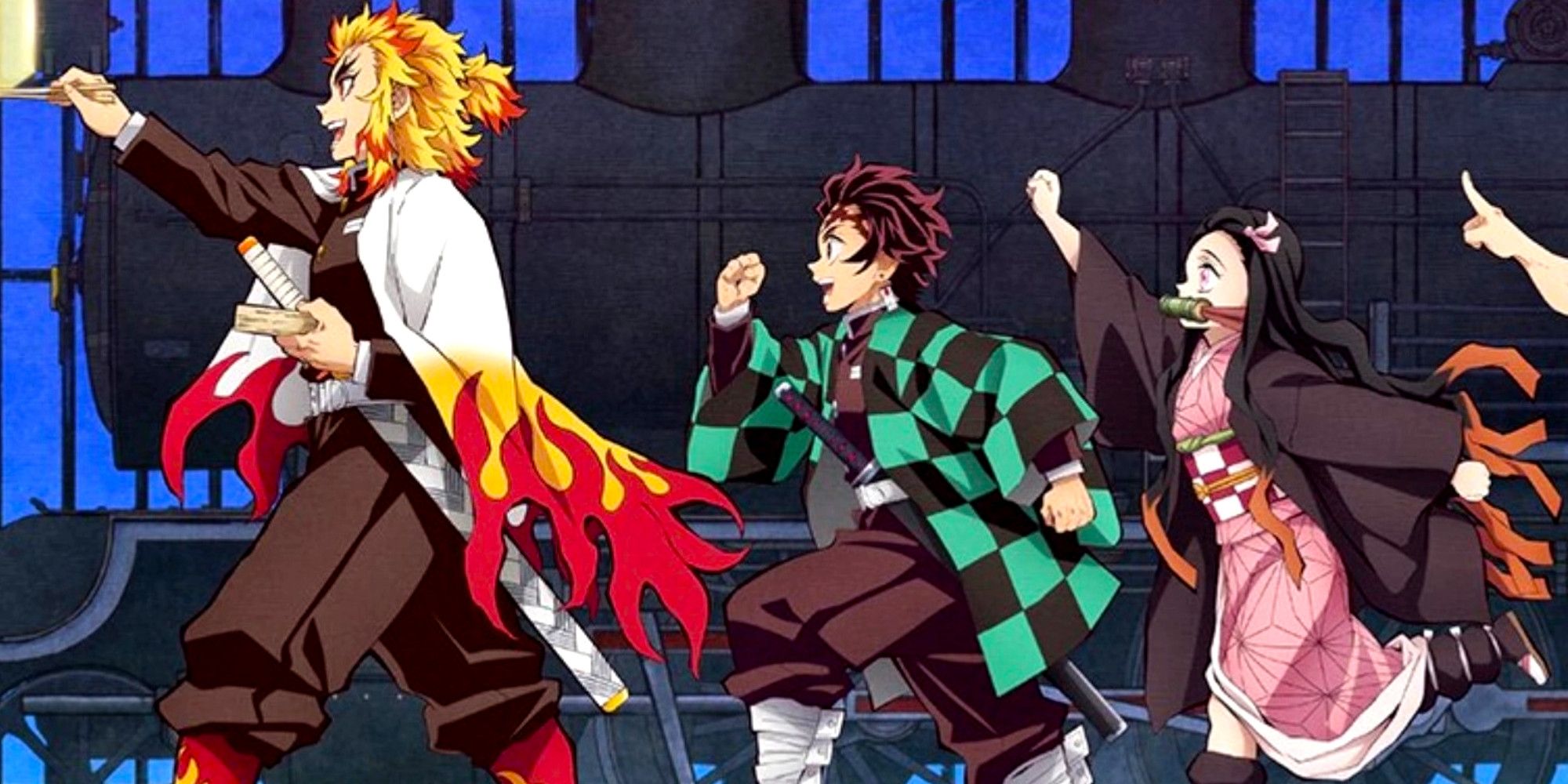
More
Demon Slayer: 10 Most Honorable Characters, Ranked
The following characters from the Demon Slayer anime have the most honor, thanks to their efforts in eradicating evil.
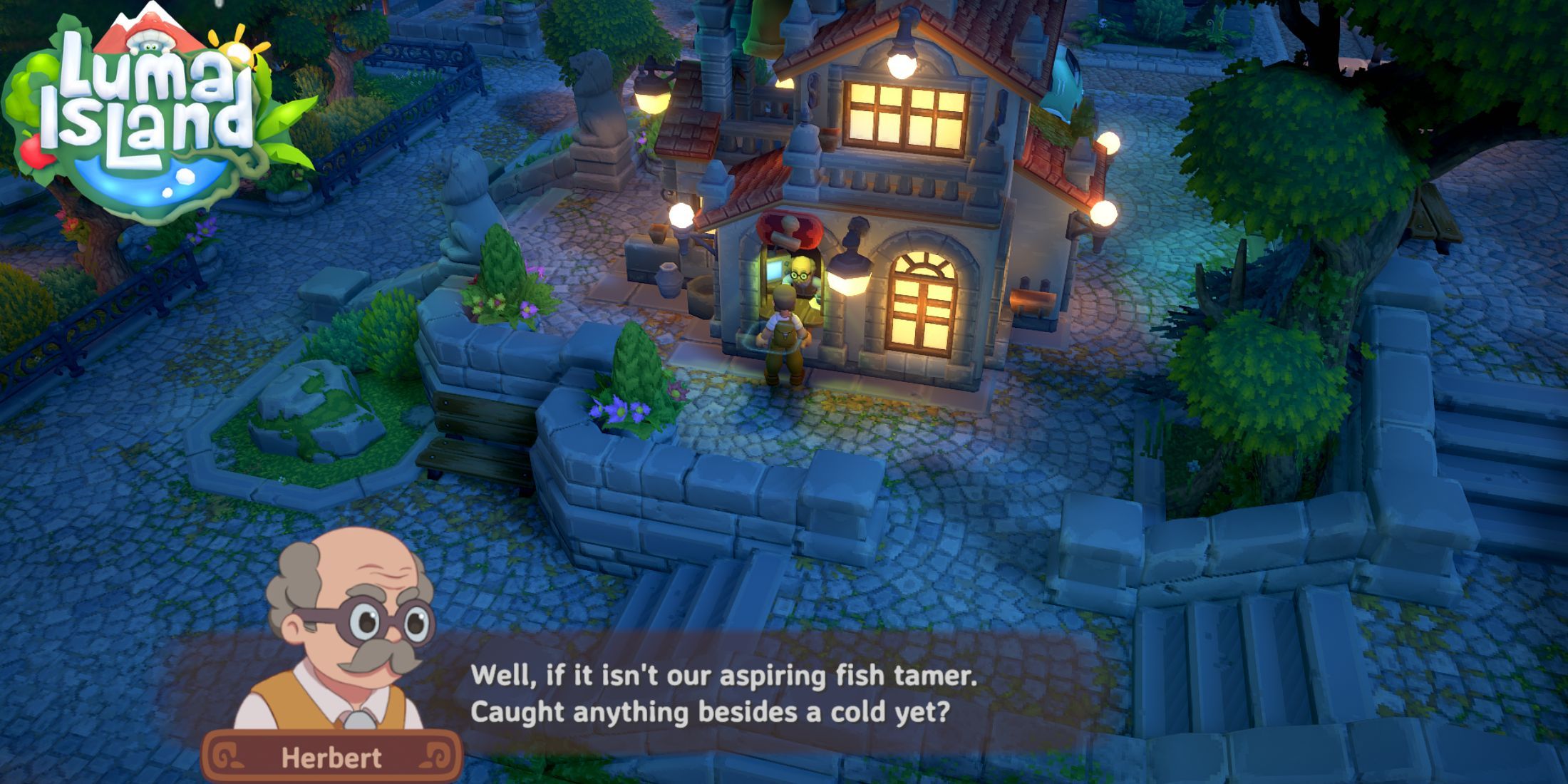
/cdn.vox-cdn.com/uploads/chorus_asset/file/25429565/Rabbit_R1_Settings.JPG)
